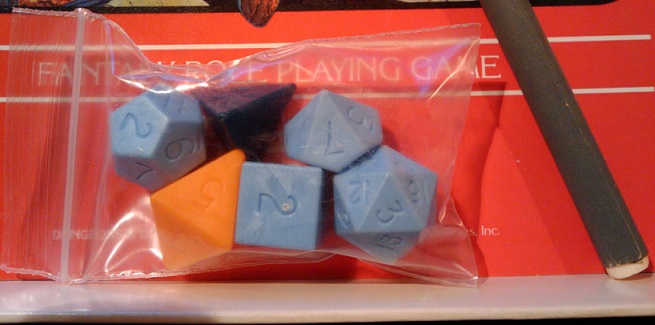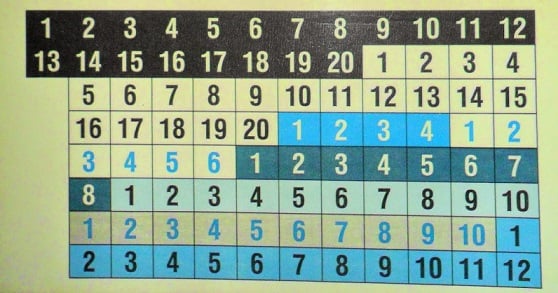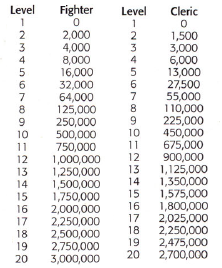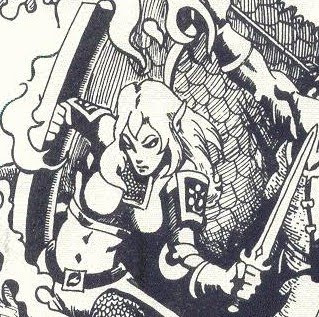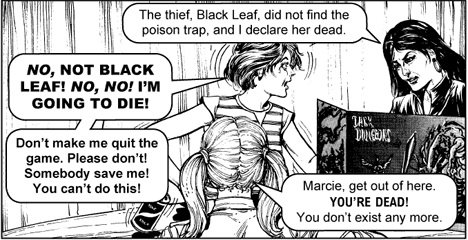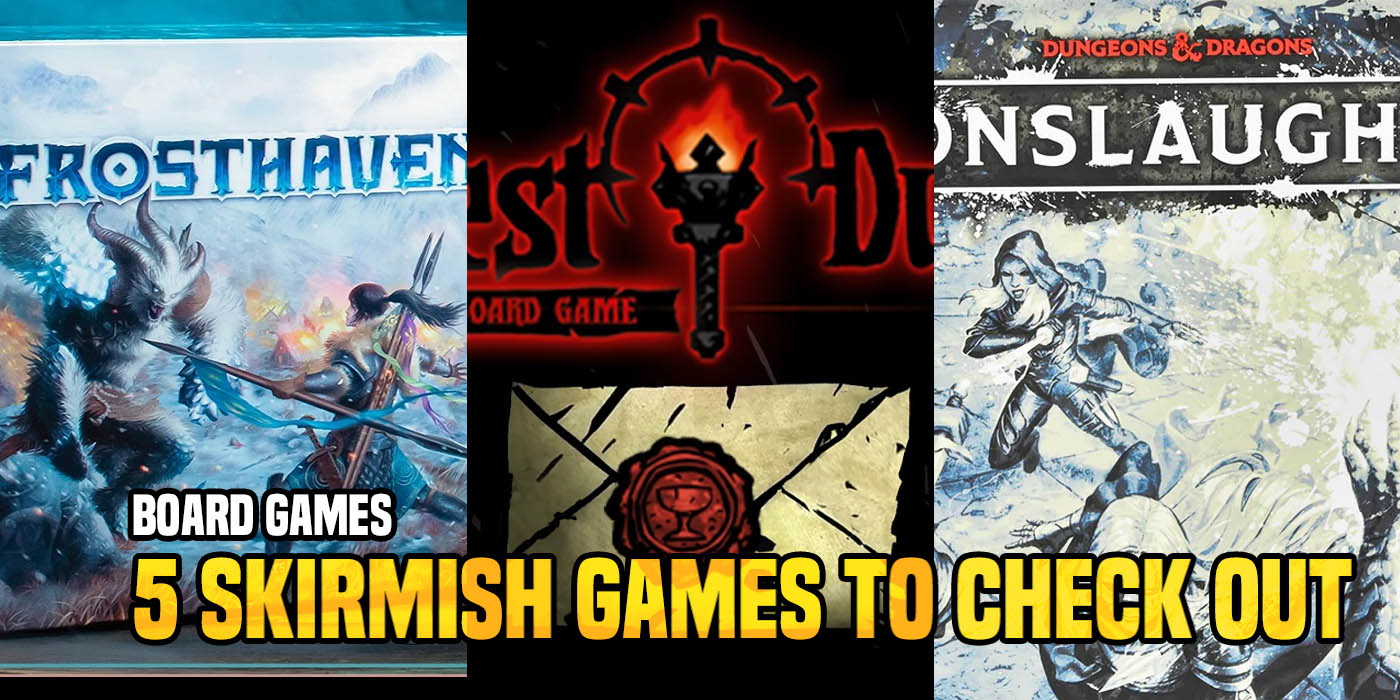D&D: Five Forgotten Gaming Trends
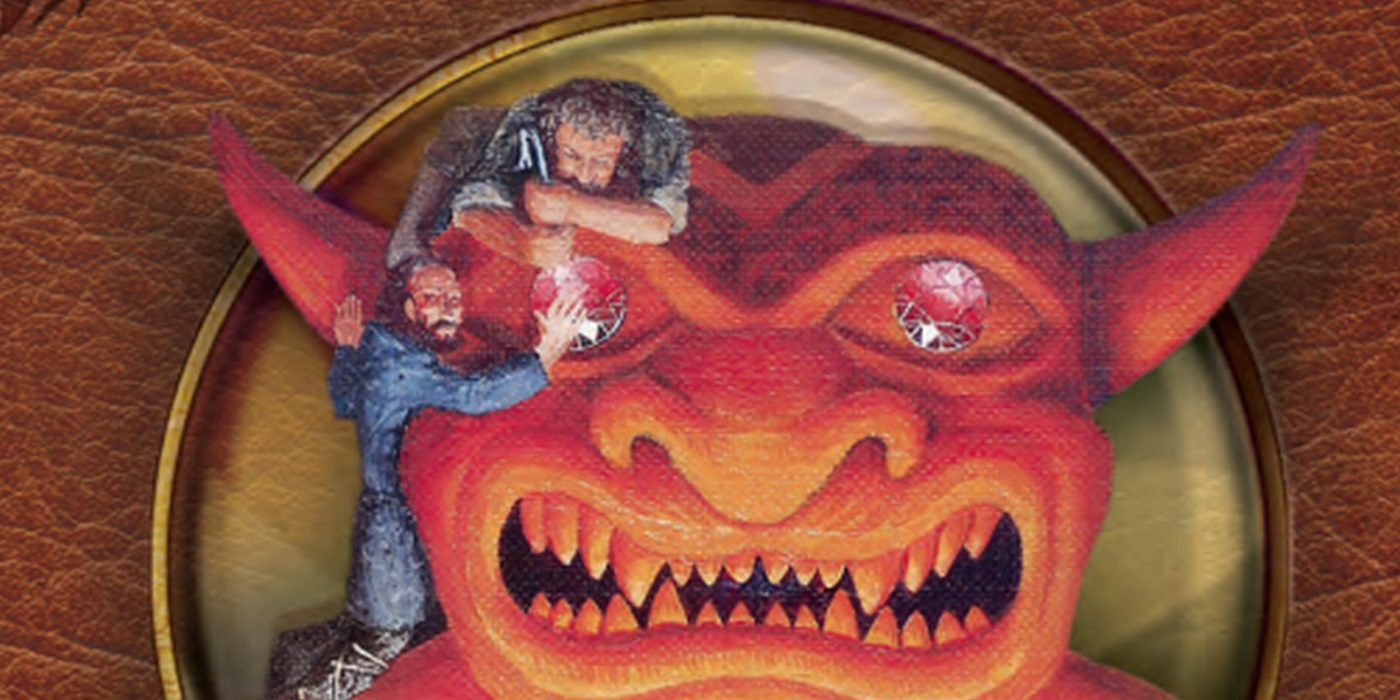

D&D is almost fifty years old, don’t think too hard about that. Instead think about these ways that RPGs have changed through the years.
As we round the corner on D&D’s big 5-0, and the newest edition seems poised to change everything as WotC debates licenses and pushes into the digital frontier, we thought we’d take a look back through D&D’s history. Back to a time when the newest edition of D&D seemed poised to change everything, as TSR debated licenses and pushed into the digital frontier.
Time might be a flat circle, but these gaming facts got lost along the way. Whether it’s coloring dice, or not using them at all because of a shortage, here’s a look at some of gaming’s forgotten moments.
Dice Shortages
Polyhedral dice manufacturers were not ready for the sheer demand placed on their supply by the advent of D&D. Between printings of the earliest game, a shortage hit the country. This was due in part to increased demand, and in part due to supply chain issues. By the fourth printing of D&D, the starter set might not come with the complete set of dice we know today. Instead, you might find six uncolored dice and a black or white wax crayon that you had to use to fill in the numbers yourself.
This led to some urban legends about coloring on one side with heavier material to weigh the dice. Whether or not your cousin who swore his best friend knows someone who did that was right, the fact remains: TSR was running out of their supply of dice. To the point where they published some sets without dice entirely:
Different Level-up Requirements
If you’ve only ever played D&D in the 21st century, then you’ll have missed out on a time when every class advanced differently. Which, hey, that’s capitalism for you baybee. But it was also D&D back in the 1900s.
Yes in the 1900s, D&D was a little less egalitarian. Wizards advanced very slowly (but with much power) while Fighters leveled up fairly medium. Clerics, beloved of the gods, were quick to advance! But this led to imbalances in the party’s levels.
If you think the disparity between classes is bad now, just wait ’til one player was barely level 2 while the others were well on their way to level 4.
Elf is a Job
In the 1900s life was different. Jobs were different. In D&D, you could aspire to be a Fighter (or Fighting Man, depending on how early you were) or a Cleric, or even an Elf. That’s right, if you tried hard, you could level up as an Elf. Or a Dwarf. Because back in the early days of D&D, there was no “elven cleric who just wants to bake pies” it was just “elf.”
And it took a while to get better. Once Elf was no longer a class, it was still restricted. Elves and Dwarves couldn’t advance past certain levels in certain classes. It wasn’t until the turn of the century that elves and dwarves could be any class up to any level.
Lead Miniatures
Miniatures have come a long way since the 1900s when they were made of lead. And they looked like they had melted a little but they hadn’t.
Nowadays, the miniatures are much more detailed and made of plastic or resin or 3D printed. Which makes them infinitely more edible than before. But still, maybe don’t eat them. Unless you somehow 3d print one out of cake.
Satan
No one thinks our hobby is the devil. Not anymore at least.
There was a time when playing Dungeons and Dragons meant you were definitely in league with the devil and also probably a part of the Illuminati. Much like any other media that’s been swept up in a moral panic, all the headlines just sort of made life miserable for people for a while, and didn’t help the people who the outraged populace was supposedly trying to protect.
At any rate, the future of gaming looks pretty exciting.
What else do you remember about D&D in the 1900s?

